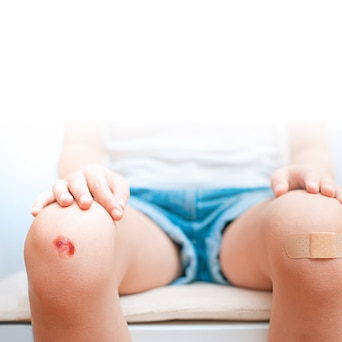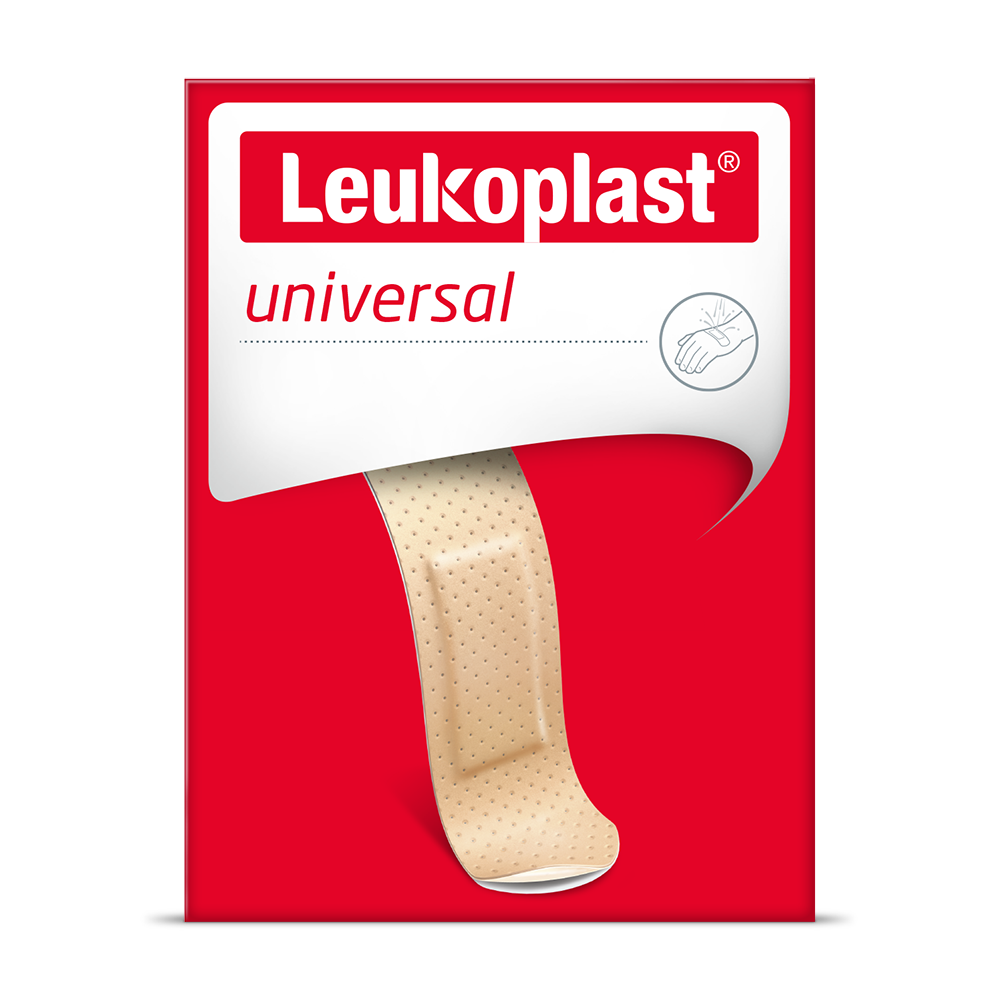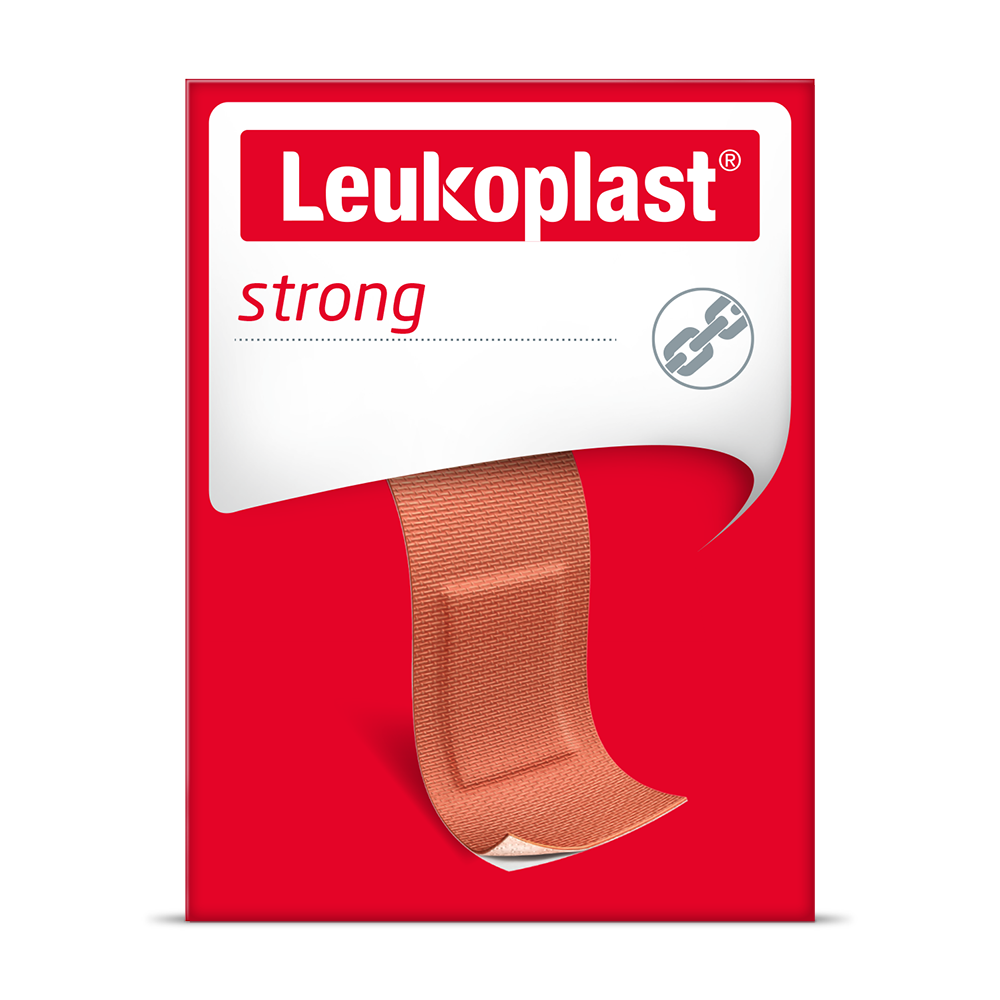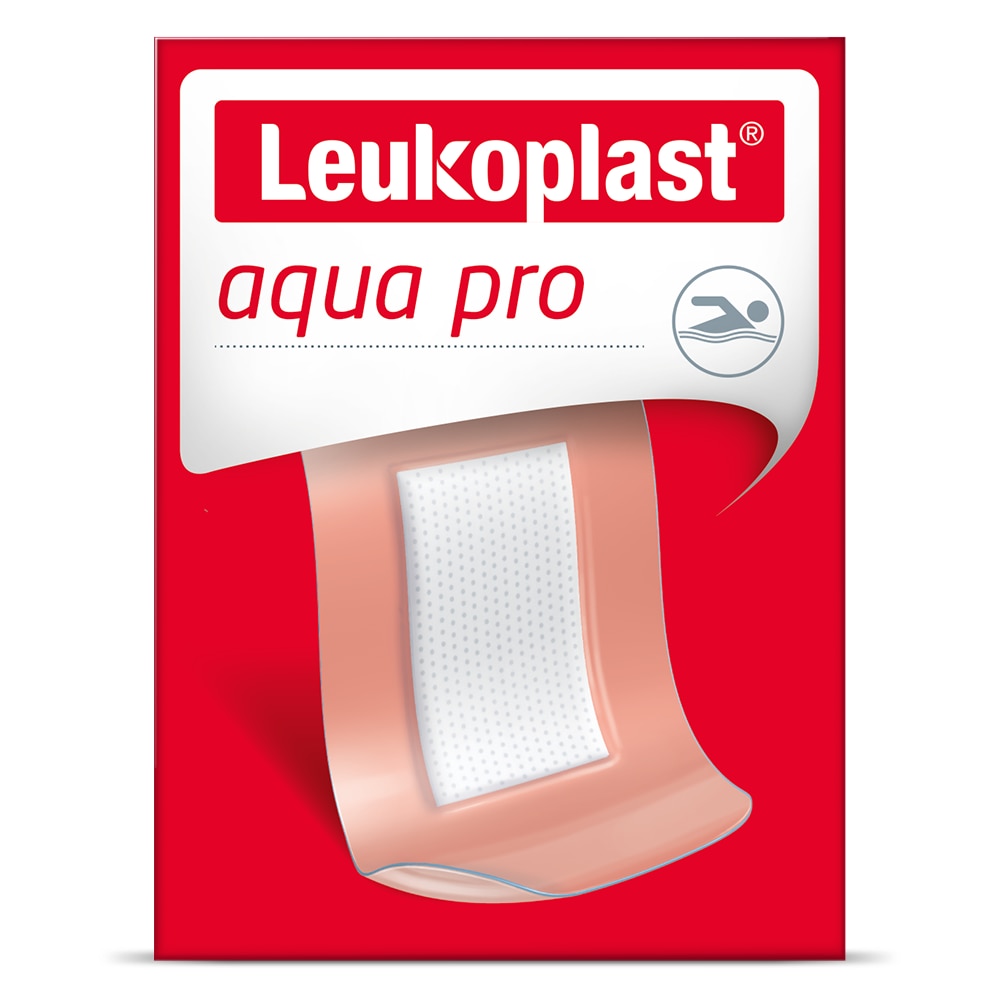Injuries can happen in an instant. They can leave behind large or small wounds, but they always mean blood, risk of infection and pain. And that is precisely what first aid needs to focus on.
First aid for bleeding wounds
If you consider an injury serious, you should call a medical expert. But, as a first aider, you will still need to act. Blood loss and pain can cause shock, which is why the injured person should sit or lie down. Next, assess the wound. If the wound is bleeding, apply pressure using a clean and dry bandage towel or handkerchief for several minutes.
What to do:
1. Wash your hands:
2. Clean the wound:
3. Dry the skin:
Pat the area dry with a clean towel.
For treatment steps for different kinds of wounds have a look at our wound advisor.
Your next priority is to stop any bleeding since it is the source of the greatest immediate danger. An adhesive bandage (plaster) is enough for smaller wounds, while bigger wounds require sterile compresses or a dressing pack. A compression dressing should be placed on wounds that are bleeding heavily.
But don’t forget your own safety: if you are treating a heavily bleeding wound, wear disposable gloves to protect against infection.
Expert wound care by Leukoplast:
Leukoplast® universal
Finger dressings for short-term use on minor wounds, cuts or grazes.
Leukoplast® strong
Highly adhesive water-repellent bandage for short-term use on minor wounds.
Leukoplast® aqua pro
Waterproof yet breathable wound dressing protecting against water and contaminants.







